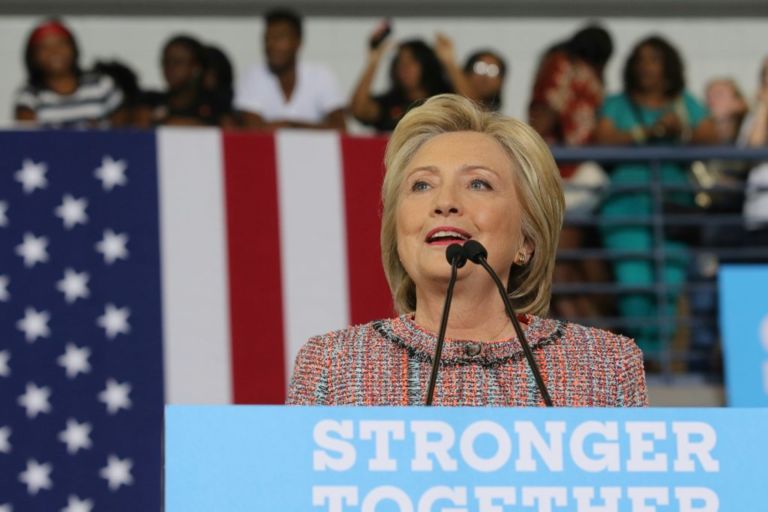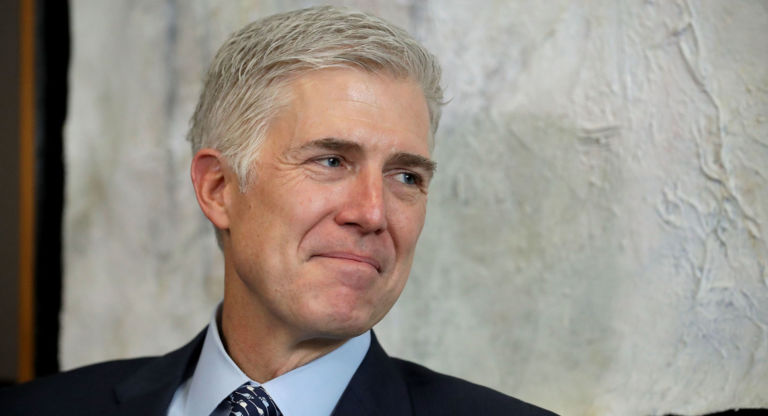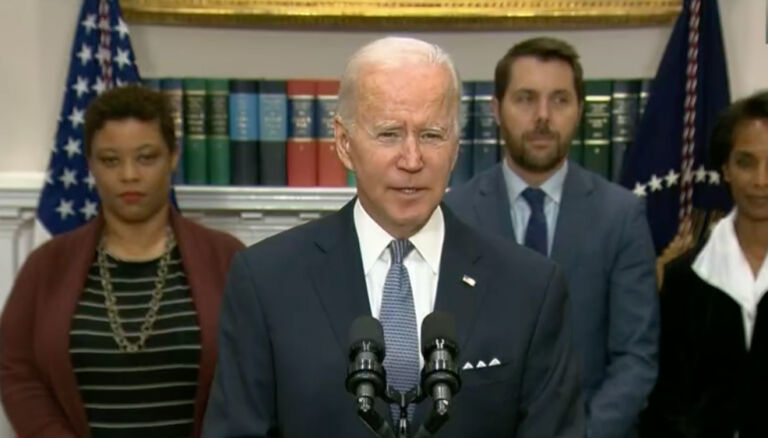Matthew Continetti explains at National Review Online why President Biden’s Jan. 6 speech sends a message about his administration.
Trump for now is the least of his worries. Trump is on the sidelines. He’s out of office. He’s banned from social media. He doesn’t figure in the everyday lives of most Americans. He won’t be on the ballot this November. A White House midterm strategy based on portraying GOP candidates as Q-Anon shamans ready to storm the Capitol won’t work. The hundreds of state and local campaigns will be too diverse. The candidates will be too distinct. And public anger over the economy, the pandemic, the schools, the border, and the cities will matter most of all.
Biden’s January 6 speech was a reminder that he’s a placeholder president. He’s in office because independent voters in the suburbs rejected Donald Trump’s personality and Donald Trump’s response to the coronavirus. No one expected — or wanted — Biden to be a world-historical statesman. Biden himself said he’s a “transitional” figure with a singular goal: Keep Trump away from the White House. He accomplished that task, which is why he began his presidency with healthy approval ratings. The electorate didn’t sour on him until he took on additional employment: live-action role-playing FDR and LBJ, dismantling immigration protocols on the southern border, deferring to public-health experts and regulatory bodies, and midwifing the Taliban reconquest of Afghanistan. Now Biden is at 43-percent approval in the FiveThirtyEight average of polls.
Biden’s dilemma is that “I’m not Trump” is a winning message only when Trump is on the ballot, holds office, or is tied to a major event such as January 6. The message doesn’t work on the other 364 days of the year. If Biden had grasped why he became president, he would have pursued a modest agenda directed at the independents who elected him.


